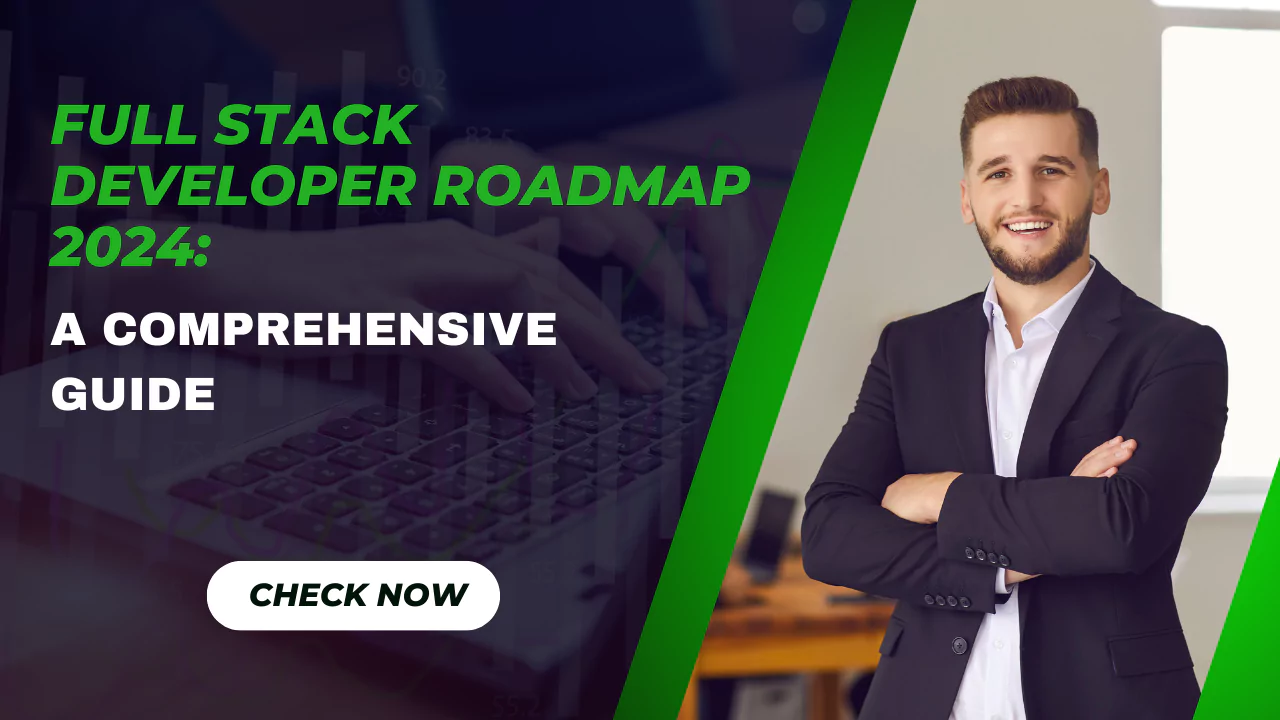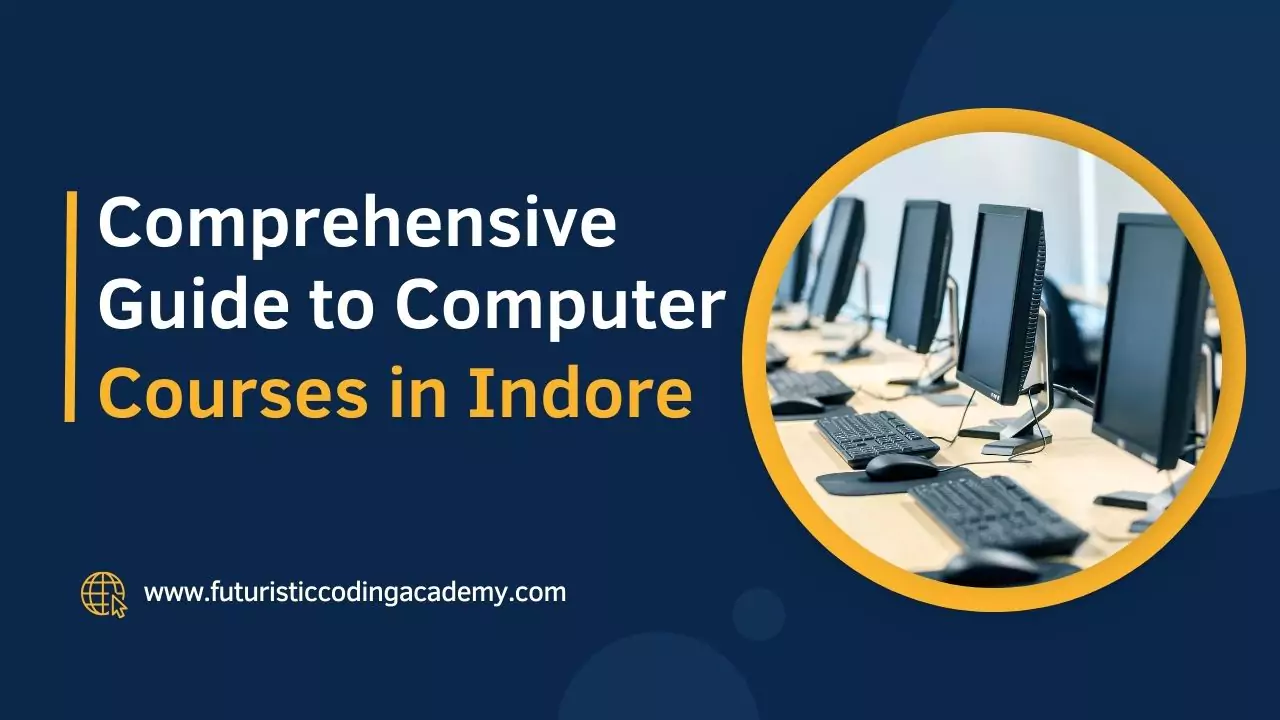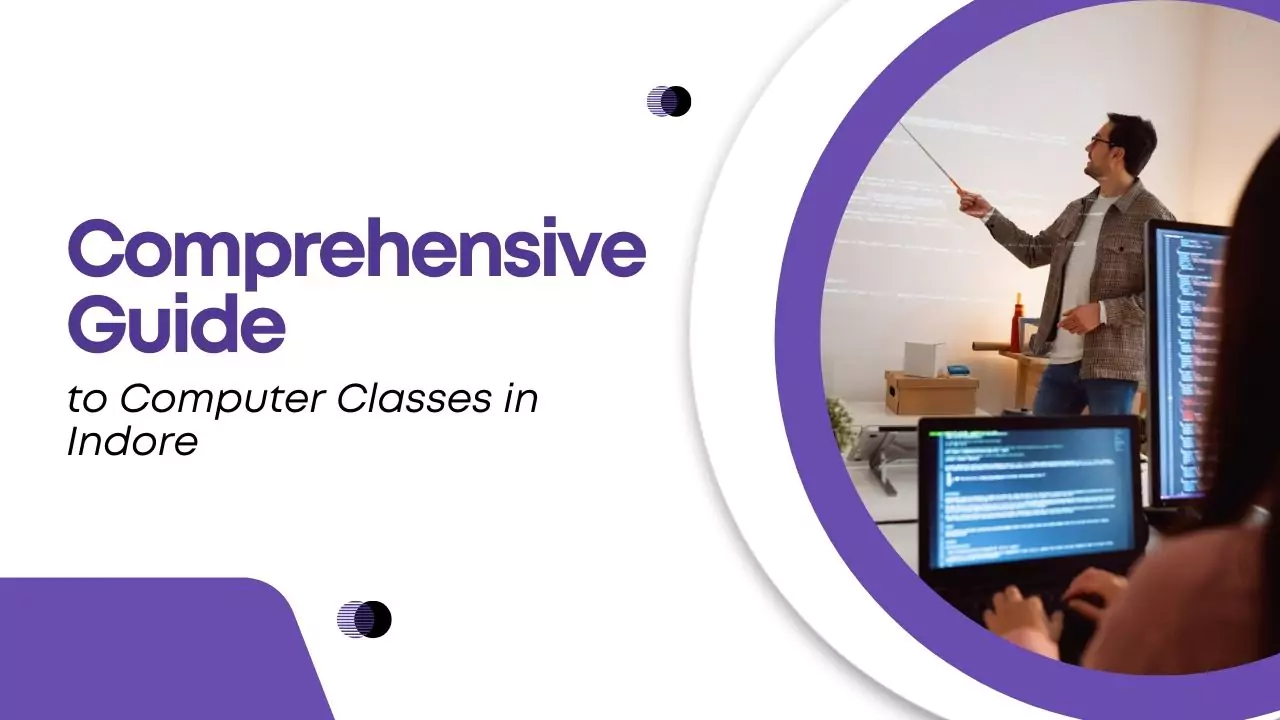In today’s rapidly evolving tech industry, full stack developers are in high demand. These versatile developers have the skills to work on both the front-end and back-end of applications, making them invaluable to teams building complex software. But how do you become a full stack developer in 2024? In this blog post, we’ll take you through a comprehensive roadmap to mastering full stack development, ensuring you stay ahead in this competitive field.
What is Full Stack Development?
Full stack development refers to the ability to handle both client-side (front-end) and server-side (back-end) components of web development. A full stack developer works on the user interface, databases, servers, and everything in between. This allows them to create fully functional, scalable web applications independently or as part of a larger development team.

Front-End Skills You Need to Master
Front-end development focuses on creating the visual aspects of a website that users interact with. Here are the essential front-end skills to include in your roadmap:
1. HTML, CSS, and JavaScript
HTML provides the structure of web pages, CSS adds styling, and JavaScript makes them interactive. These three technologies form the foundation of front-end development.
2. CSS Frameworks
To make styling faster and more efficient, learn popular CSS frameworks like Bootstrap and Tailwind CSS. These frameworks simplify responsive design and ensure your applications work across various devices.
3. JavaScript Frameworks and Libraries
React.js is one of the most popular JavaScript libraries for building dynamic user interfaces. Other notable options include Angular and Vue.js, which are widely used in creating modern web applications.
4. Responsive Design
Mastering responsive design ensures that your applications look great on any device, from mobile phones to desktops. Learn about media queries, flexbox, and grid systems to build layouts that adapt to different screen sizes.
Back-End Skills for Full Stack Developers
Back-end development involves managing server-side logic, databases, and application architecture. Here’s what you need to learn:
1. Node.js
Node.js is a popular choice for back-end development as it allows you to use JavaScript on the server. With frameworks like Express.js, you can build fast, scalable back-end systems.
2. Databases: SQL and NoSQL
Learning to work with databases is crucial. SQL databases like MySQL and PostgreSQL are widely used for structured data, while NoSQL databases like MongoDB are ideal for unstructured data and rapid development.
3. RESTful APIs and GraphQL
Understanding how to build and consume APIs is fundamental to back-end development. RESTful APIs are widely used, but newer technologies like GraphQL are becoming increasingly popular for efficient data queries.
4. Version Control with Git and GitHub
Using Git for version control allows you to track changes in your codebase and collaborate with other developers. GitHub enhances this by providing a platform for sharing, reviewing, and deploying code.

Key Projects to Build as a Full Stack Developer
To solidify your skills, working on real-world projects is essential. Here are a few project ideas:
1. Personal Portfolio Website
Start with a simple portfolio website that showcases your skills and projects. This is often the first project every developer builds and is a great way to demonstrate your expertise.
2. E-commerce Website
Building an e-commerce website is an excellent way to combine front-end and back-end skills. Implement user authentication, payment gateways, and product management systems.
3. Social Media Platform
A more advanced project, creating a social media application helps you learn about user interactions, real-time updates, and large-scale database management.
Each project should focus on incorporating both front-end and back-end elements, ensuring you practice the skills outlined in this roadmap.
Testing and Deployment
1. Unit Testing and End-to-End Testing
Testing is crucial to ensure your applications function correctly. Learn unit testing with tools like Jest and Mocha for individual components, and end-to-end testing with Cypress to simulate real user interactions.
2. Continuous Integration/Continuous Deployment (CI/CD)
Automating testing and deployment processes with tools like Jenkins, GitHub Actions, or Docker allows you to streamline your workflow, ensuring faster and more reliable updates to your applications.

Cloud and DevOps for Full Stack Developers
With the increasing demand for scalable applications, cloud platforms and DevOps practices have become critical for full stack developers.
1. Cloud Platforms
Gain familiarity with cloud platforms like AWS, Google Cloud, and Microsoft Azure. These platforms allow you to deploy and scale your applications with ease.
2. Containerization with Docker
Docker allows you to containerize your applications, making them portable and easier to manage. It’s a must-have skill for full stack developers.
3. Kubernetes for Orchestration
As you scale your applications, learning Kubernetes helps you manage containerized applications in a cluster environment, providing reliability and efficiency in production.
Continuous Learning and Resources
To stay competitive in full stack development, continuous learning is crucial. Here are some recommended resources:
- FreeCodeCamp: Offers comprehensive free tutorials on everything from front-end to back-end development.
- MDN Web Docs: A reliable resource for web standards and best practices.
- GitHub: Contribute to open-source projects and build your portfolio.

Conclusion
The journey to becoming a full stack developer in 2024 requires dedication, continuous learning, and hands-on practice. By following this roadmap and applying the skills you’ve learned to real-world projects, you’ll be well on your way to mastering full stack development.
If you’re ready to take the next step, check out the full stack development courses at Futuristic Coding Academy, where we offer tailored learning paths to help you achieve your career goals.
FAQs
1. What skills do you need to be a full stack developer in 2024?
To be a full stack developer in 2024, you need proficiency in front-end technologies (HTML, CSS, JavaScript, React, Angular), back-end programming (Node.js, Python, Java), database management (SQL, NoSQL), version control (Git), and knowledge of cloud platforms (AWS, Azure). Continuous learning of new frameworks and tools like Docker, Kubernetes, and GraphQL is also essential.
2. How long does it take to become a full stack developer?
On average, it takes 1 to 2 years to become a proficient full stack developer if you’re starting from scratch and dedicate a few hours daily. Prior programming experience can shorten the learning period. This involves mastering both front-end and back-end skills through hands-on practice with real-world projects.
3. What is the difference between a front-end developer and a full stack developer?
A front-end developer focuses solely on building the user interface (UI) and user experience (UX) of websites using technologies like HTML, CSS, and JavaScript. A full stack developer, on the other hand, handles both front-end and back-end development, including server-side programming, databases, and APIs.
4. Which programming languages are best for full stack development?
The best programming languages for full stack development are JavaScript (Node.js), Python (Django, Flask), and Java (Spring Boot). These languages offer strong frameworks for building both the front-end and back-end of applications. Other important languages include PHP and Ruby.
5. Is full stack development a good career in 2024?
Yes, full stack development is a promising career in 2024. The demand for full stack developers is high, as companies look for versatile developers who can handle both front-end and back-end work. Salaries are competitive, and the ability to build entire applications makes full stack developers highly valuable.
6. What projects should a full stack developer work on?
Full stack developers should work on projects like personal portfolios, e-commerce websites, and social media platforms. These projects provide hands-on experience with both front-end and back-end development, databases, APIs, and authentication, helping developers strengthen their skills.






